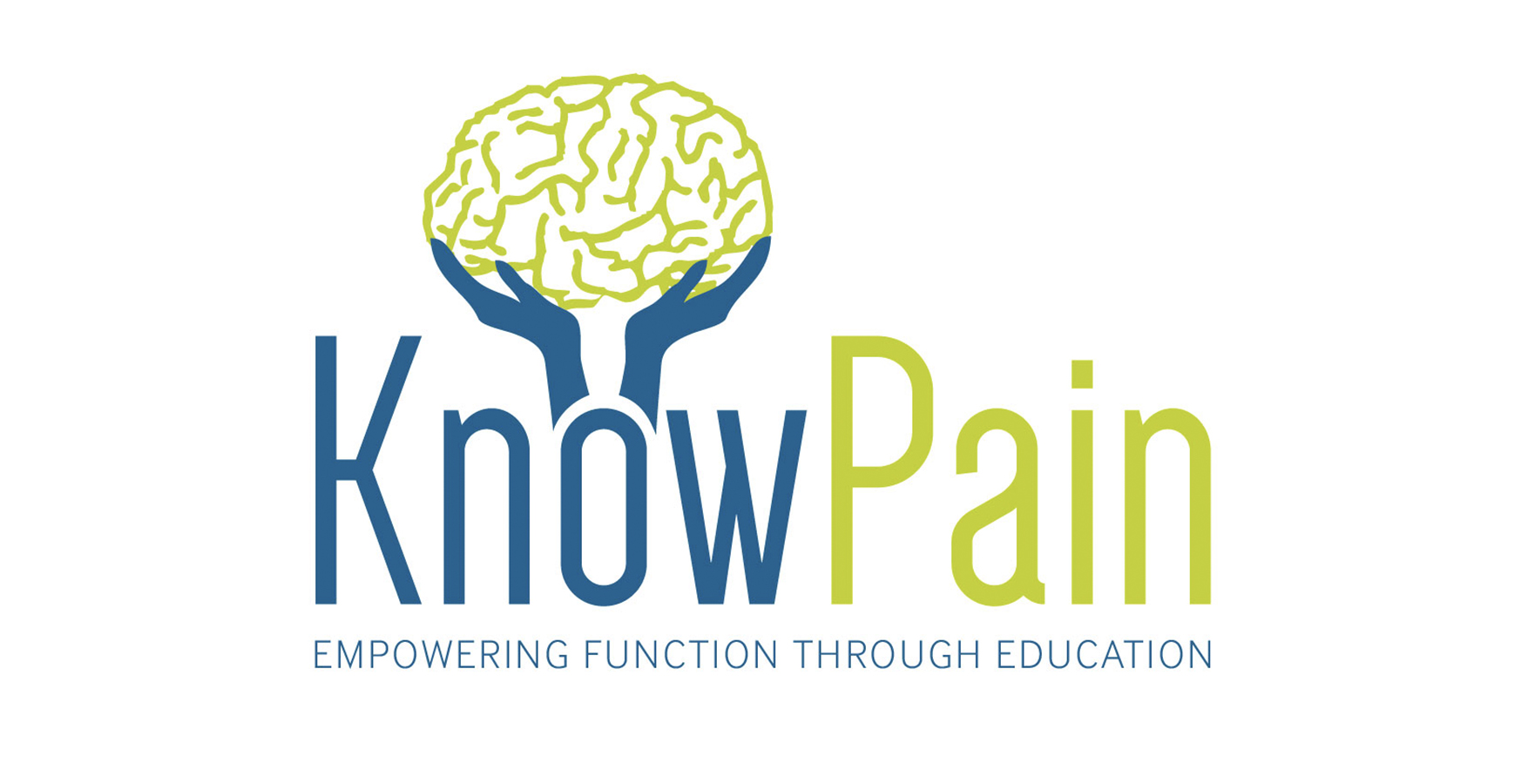So, now that the metaphoric dust has settled and my poor computers (MacBook + Cerebrum) have had time to digest last night’s Physiotalk on “The Hidden Influence of Metaphor Within Physiotherapy”, I feel the need to declutter and make some sense of it all by way of a summary.
@cbtskills summed up how many of us felt at the beginning…Hi there, looking forward to another night of reflection and frantic typing! #physiotalk
It was fantastic to see so many people engaged in discussion about an emerging topic within healthcare that holds a great deal of influence over our therapeutic interactions. The sheer extent and depth of our metaphoric language is staggering.
For those of you who had a go at counting the metaphors contained within the above image, the answer is 33! For those of you who reached 32 and are now wondering where on Earth that illusive 33rd figure of speech is, the answer is “understand”. Who’d have thought it? Understand, a word which is everywhere, is a metaphor. Think about it, we don’t literally stand under something to comprehend it.
James Geary suggests that we use on average six a minute, whilst Lakoff & Johnson argue that metaphors are a fundamental part of human expression. Lets be clear: We all use them and, although they remain frequently implicit, metaphors influence how we facilitate others and how others attempt to reach out to make sense of their experiences.
Speaking of experiences, here’s the first question from last night’s Physiotalk and some of your thoughts:
Q1) What are your experiences of using metaphors within practice?
@northlighphys hit the metaphoric nail on the metaphoric head head here…Variable: can create a useful image, but also scary connotations for patients #physiotalk
Many of you considered the fine line that exists between our metaphors either helping or hindering our ability to help others. @_joemiddleton considered the importance of perceptual differences that exist during therapeutic interactions…We often don’t consider that the metaphor may not translate as intended to the patient #physiotalk
When attempting to teach people the often complex and abstract theories of the health sciences, it’s essential that we remain aware of our perceptual differences. The educationalist, Brookfield suggests, “Seeing our practice through learners’ eyes helps us teach more responsively. Having a sense of what is happening to people as they grapple with the difficult, threatening, and exhilarating process of learning constitutes educators’ primary information. Without this information it is hard to teach well”.
Q2) Metaphors are useful when conveying experiences most resistant to expression. How can we elicit patient generated metaphors? #physiotalk
@timetobephysio steered the discussion towards the importance of dialogical metaphors…sometimes leaving a metaphor unfinished invites the patient to do so, can be helpful #physiotalk, whilst @yoggimckine highlighted the importance of patient generated metaphors…great practice ! Use the patient’s metaphor. Try not to miss it #listen #physiotalk.
Having attended a Know Pain course, it’s great to see clinicians like @yoggimckine exploring patient generated metaphors within practice. He is currently having great fun translating my English metaphors into French for our course together in May. Bonne chance Guillaume!
Culture & language affect perception, thought & cognition. They also affect the experience of pain.
Listening and responding to our patients’ inevitable use of metaphor is an essential skill. @sarahhaagpt points out…Or ask them if they’d say it differently (make their own up… Maybe more meaningful?) #physiotalk
@jonroom asked a couple of great questions that further suggest the need for us to consider listening to how other people convey experiences through metaphor…Do we need metaphors to explain something we have not experienced personally? How do I discuss a symptom I’ve never had? #physiotalk
Other thoughts regarding patient generated metaphors included @kirstyhyndes…must be careful of words we use but must listen carefully to what the patient says. We can learn from pts #metaphors #physiotalk and @pierrevontrap added…pt being the centre of attention. Afterall, it is about the PATIENT not the therapist #physiotalk
Structural Metaphors
The discussion moved onto our use of metaphors to describe structural changes within the body with @briancarroll83 asking…any useful comments for the patients that have been told it’s ‘bone on bone’? #physiotalk
In response, @nakedphysio suggested…movement nourishes the joint, motion is lotion #physiotalk, whilst @timetobephysio thought…movement is like a cushion for the bone #physiotalk. How we accurately convey the affects of the passage of time on our bodies through metaphor, without inducing maladaptive, threatening beliefs led some to consider that we cannot avoid the word “wear”, @annalowephysio suggests…It’s so hard to get away from ideas of ‘wear and tear’. Wear & repair much better I think #physiotalk. @neiloconnell added…someone called it the “tears of ageing”. Maybe Butler of Gifford. I like that. #physiotalk.
@adammeakins continued the discussion by asking, Can I ask what metaphors people use to explain the effects of manual therapy!? #physiotalk #BugBearOfMine. @physiorichmond replied…I had a player who called it ‘jiggery pokery’ #physiotalk. After further suggestions of “Magic Kisses” and a debate about the word “release”, @adammeakins found another area for scientific discovery by asking…but in all seriousness these terms are used a lot, terms like release, are they helpful or hinderance? #physiotalk
The Language of the Battlefield
Historically, germ theory brought mechanistic & invasive metaphors. The word ‘painkiller’ was first used in 1845. Pain used to be something that was passively endured. Germ theory led to it being an enemy to be fought & defeated.
Healthcare is often regarded as a battlefield and battle metaphors give the impression that the ‘war’ can be won with biomedical escalation. We see this in analgesic ladders, the paracetamol that becomes morphine, the physiotherapy that leads to injections and, finally, the nuclear warhead/scalpel. This broad metaphor promotes passive dependency, whilst offering false hope for many sufferers. When the war is not won, as it so often isn’t, failure lies with the patient, not the treatment. Consider the language of “bed blockers” and “failed back surgery syndrome.”
@timetobephysio adds… A war is not about winning its about learning how to help move forwards, sideways & backwards #physiotalk, whilst @wigmore_welsh asks, what if they are a soldier trained to fight battles, could be motivational? #physiotalk
The language of agency provides clues to pain beliefs, locus of control & acceptance. How many times have you heard, “It crept up on me!”, “My pain is spiteful, wicked & devilish”, or “I’m plagued by back pain.”? We do it too, “His pain began with a gradual, insidious onset.”
Creative Practice & Divergent Thinking
Q4) How comfortable are you when facilitating creative use of metaphor through poetry, literature and song lyrics? #physiotalk
Serious playfulness and an ability to both utilise and facilitate creative means of conveying pain experiences are central to practice-based education. As always, Einstein was metaphorically on the money when he suggested that, “Combinatory play seems to be the essential feature in productive thought.”
As expected, there was a range of comfort levels expressed when incorporating the arts into our more traditional practice model…
@alanjtaylor Very (Nice work alan!).
@northlightphys This is deep man!! I’ve seen it used in art- scary stuff comes out on that canvas! #physiotalk
@nakedphysio..two words ‘not’ & ‘good’
@cathythomsonpt I don’t find this easy- but am not the most creative type! Use of metaphors may depend on our background/beliefs #physiotalk
@northlightphys I’d be out of comfort zone, but that’s where I need to be to improve!! #physiotalk
@kirstyhyndes asked, Is anyone using pictures to express pain? Patient generated art as a metaphor #physiotalk
In the middle of the all the frantic #physiochat tweets, I’d not spotted Kirsty’s question. I encourage patients to draw what their pain looks like. It needn’t be a Picasso. Just a simple doodle will do! The artist Matisse said, “Creativity takes courage.” When I first started using art within my practice, I felt quite unsure. Was I going to open a can of worms? What would my patients think of me? In reality, like anything, it depends how you sell it. I can think of many positive experiences when people discover that they can communicate without having to find words. My most memorable being a rather disengaged plumber who, through one five minute doodle during a severe bout of leg pain at 3am, was finally able to openly express his experience with his wife.
Here’s a link to @CCPProject’s excellent work which aims to explore new methodologies for communicating chronic pain: http://www.communicatingchronicpain.org
The following discussion from last night also highlights our need for caution…
@MelroseStewart1 Giving scope for expression through drawing and poetry conveys some of the most powerful images.
@uolphysio very true! However poetry and images can be interpreted in different way. Have to be careful ! #physiotalk
It’s was great to see future #physiotalk ideas stemming from this discussion @physiotalk suggested… maybe a great chat to have with other #AHPs, e.g. art,drama & music therapists?
Well, that just about wraps up this summary. I hope it’s helped pull things together for you.
@CBTskills encapsulated the need for us to further explore metaphor within practice…it’s not just the patients that benefit from metaphors. They help me to make sense of, and remember, complex neuroscience! #physiotalk.
However, when using metaphors we should always remember Arturo Rosenblueth and Norbert Wiener’s warning: “The price of metaphor is eternal vigilance.”

